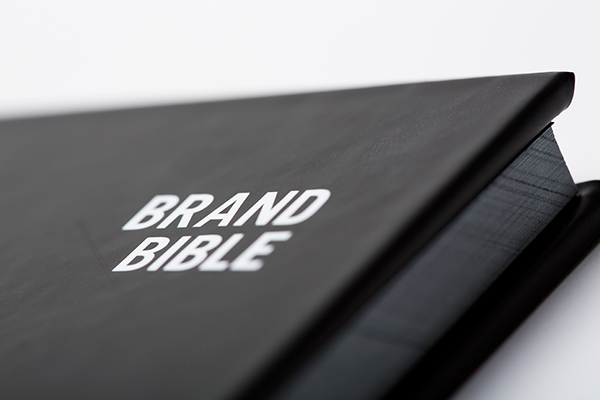In my years of experience in the advertising profession, I’ve realised that a lot of the time, people say one thing, but mean another. And as a communication professional, it’s my job to know the difference. This is most true when it comes to client briefs! Let me explain with an example. Nine times out of ten, when we’re asked to conduct a branding exercise, what the client really means is “we want a logo”. And — here’s the focus of my piece — when they say “we want a brand book”, what they really mean is “we need brand guidelines”.
Yes, they sound like they’re one in the same, but I promise you, there’s a huge difference! Trust me, you don’t want to be given only guidelines when what you’re really looking for is an in-depth oracle for your brand. So let’s dive in and demystify this once and for all!
A brand book is basically your brand’s bible. It’s a physical, paper and ink manifestation of why you exist, what you do, and how you do it. It’s a lighthouse that guides your brand’s journey — which includes its actions, tone, and messaging. A brand book would include the company’s positioning, its history, its goals, vision, and mission. The book includes the ways in which your brand should walk the walk and talk the talk, so to speak. In most cases, the document is used as source material for internal staff to get to know their organisation and understand its nuances.
Next, brand guidelines. This is an elaboration of your brand’s visual identity, that includes the logo use guidelines. When it comes to your brand colors, the document includes the exact hex code for web use as well as CMYK values and Pantone colors for items that will be printed. If you recall, the one thing I’ve spoken about in a lot of my pieces is consistency — and that’s exactly what brand guidelines help achieve. I don’t think I’m overstating its importance when I say that solid guidelines are key to a recognisable, trustworthy experience of your brand. If you need some inspiration, check out the FedEx and Oxford University Press brand guidelines. Closer home, a lot of new companies come to us to undertake this exercise and ensure consistency in their brand book, across a multitude of service offerings both domestic and global. How else will you ensure that your indigenous startup offering services across geographies will look the same across the globe?
In short — brand guidelines are the body, and your brand book is the soul! And of course, one is incomplete without the other.
Now that we’re getting into the nitty-gritties, let’s also talk about a third document that’s essential to your brand i.e. the guard book. It’s your go-to for a brand’s history of creative expression. This would include advertisements, go-to-market communication, posters, banners — you name it! And what’s the secret behind a great guard book? Simple — meticulous recording of creative renditions of the brand. Those of you who saw advertising in its original avatar — complete with the paper and pencil studio — will know the importance of a guard book. One couldn’t really switch on a computer and find digital versions of one’s creatives with ease — so one referred to the guard book. Today, many marketing setups and advertising agencies maintain this digitally. In fact any brand manager worth their salt should train their teams to keep one. It’s what gives the new recruits an insight into the journey your brand has traversed.
There you have it — the nuanced differences between terms we often use interchangeably. So next time you ask for any of the three, you can be sure you know what you’re getting (and asking for)!



Be the first to comment on "Brand books, guidelines, guards — know the difference!"